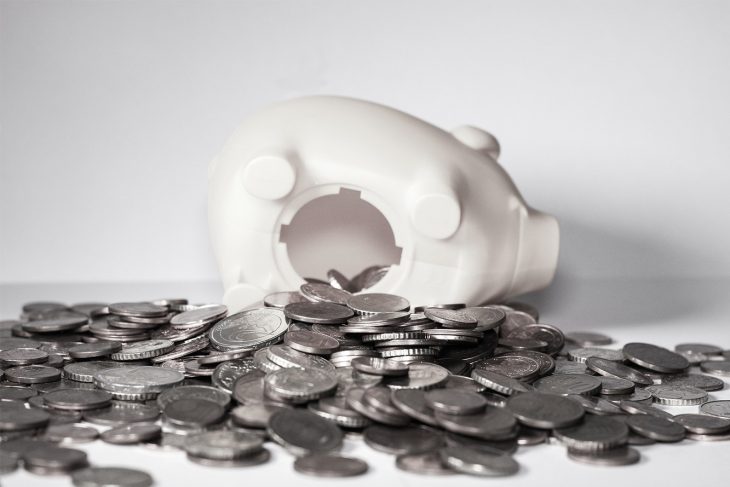Almost everyone knows how important an emergency fund is, but when it comes to how much, how to save for it and when to spend it, there are a lot of questions. It’s not as difficult as it sounds and really, any amount of money put away for an emergency is better than none, so there’s no better time to get started.
How Do I Start?
Emergency funds should always be kept separate from other savings because they’re not part of your long term savings plans. Open a new account to be used specifically for this purpose. Savings or chequing, it doesn’t matter. It’s important that you have quick access to these funds if you should need them so, make sure that the type of account you open reflects this. Don’t invest these funds and don’t put them into a long term savings account. Most banks offer basic accounts with little or no fees that you can use as a holding account for your emergency fund. You can even open two accounts – one for smaller, unexpected circumstances such as replacing your hot water tank, and one for longer use in case you lose your job, get sick and can’t work, etc. It’s up to you though, do whatever you’re comfortable with.
How Much Do I Need?
This amount will vary from person to person. The general rule of thumb is to have three to six months of expenses put away for longer term emergencies and at least $1000 for shorter term. Do the best you can, stick with it even if the amounts are small, and keep growing your fund. You can search the web for emergency fund calculators to help you decide how much you need based on your income and expenses.
Should I Borrow to Set Up the Fund?
Don’t borrow money to set up an emergency fund because it will be one more debt you’ll have to pay in case you can’t work. If you have a fair amount of savings put away, don’t count on this for your emergency fund either. You can however, take a small percentage of your long-term savings to put into your emergency fund and start that way. This isn’t a bad idea considering that if you have an emergency without a fund, it’s likely that you’ll do this anyway. The main goal is to keep the long-term savings and investments separate from the emergency accounts.
How Do I Grow My Emergency Fund?
If you put away money every month for savings, you could use a small percentage of that to put into your emergency fund every month until you’ve built up the fund to the amount you need. After that, you can start putting that amount back into your regular savings. Once you’ve built the fund to the determined amount, just leave it in the bank until “that” day comes.
Another great way to give your emergency fund a good shot-in-the-arm is to have a garage sale, or sell some items that you no longer want and use that money to start your fund. Most people use their garage sale money to buy other things, but using the money to start an emergency fund is a big boost especially if you’re starting from scratch. If you’re willing to give something up for a few months, you can use that extra money to put into your fund. Maybe a month without the morning coffee or dining out once a week? It seems small, but the money will add up quickly.
There are many ways to build an emergency fund and many people have different ideas about them. The one thing that experts agree on is that we should all have one. When an emergency or unexpected expense does come up (and they always do), it’s hard enough to handle without having the extra stress of finances, work, etc. Having an emergency fund will help get you through these times with less worry and will alllow you to make the best decision in the circumstance, rather than making a quick or poor decision based on finances only.
Do you have an emergency fund? Share your tips for growing it and how you’ve used it.

